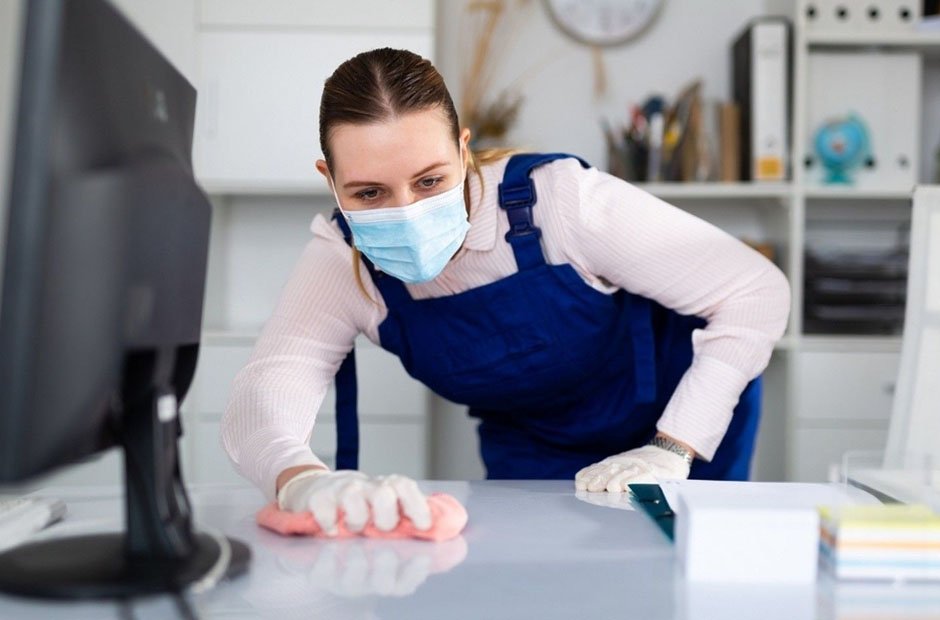In today’s fast-paced world, the cleanliness of our surroundings directly impacts our health, productivity, and overall sense of well-being. Pristine facilities are no longer just a preference but a necessity, especially in environments where hygiene is paramount. From bustling airports to tranquil spas, maintaining spotless sanctuaries requires more than elbow grease—it involves a blend of science, strategy, and sustainability. This journey into the science of cleanliness explores how innovative practices, technology, and a commitment to hygiene can transform spaces into true sanctuaries of cleanliness and safety.
The Foundation of Facility Cleanliness
At the core of maintaining pristine facilities is an understanding that cleanliness goes beyond mere appearances. It’s about creating environments that are not only visually appealing but also health-conscious and safe for everyone. This endeavor starts with the basics: routine cleaning, disinfection, and maintenance. However, the secret to achieving and sustaining high levels of cleanliness lies in integrating scientific principles and innovative solutions into these practices.
Hygiene Beyond the Surface
A crucial aspect of facility maintenance is focusing on areas that are frequently overlooked yet are critical for hygiene. Washroom hygiene services, for example, play a vital role in preventing the spread of germs and ensuring a pleasant and safe environment. By employing advanced cleaning technologies and hygiene solutions, facilities can tackle hidden germs and odors, ensuring every corner reflects the highest hygiene standards.
The Role of Technology in Cleanliness
The evolution of cleaning practices has been significantly shaped by technological advancements. Modern facilities are now leveraging cutting-edge tools and equipment to enhance their cleaning efforts, making processes more efficient and effective.
Automated Cleaning Systems
Robotics and automation have entered the cleaning industry, revolutionizing how tasks are performed. Automated floor cleaners, for example, can ensure thorough and consistent cleaning of large floor areas, freeing up staff to focus on other critical tasks. These intelligent systems not only improve cleaning outcomes but also contribute to a more sustainable operation by optimizing water and detergent use.
Data-Driven Cleanliness
The integration of IoT (Internet of Things) devices in facility maintenance allows managers to monitor cleanliness in real-time. Sensors can track foot traffic, alerting staff to areas that require attention, ensuring that cleaning efforts are focused and efficient. This data-driven approach ensures that resources are utilized where they’re most needed, maintaining high standards of cleanliness throughout the facility.
Green Cleaning: The Sustainable Path
Sustainability is a growing concern in facility maintenance, with an increasing number of establishments adopting green cleaning practices. These methods not only contribute to the preservation of the environment but also promote a healthier atmosphere for occupants.
Eco-Friendly Products and Practices
The use of environmentally friendly cleaning products is a cornerstone of green cleaning. These products, free from harsh chemicals, reduce the risk of allergies and health issues among facility users and cleaning staff. Moreover, sustainable practices, such as minimizing water waste and optimizing energy use during cleaning, further underscore a facility’s commitment to environmental stewardship.
Training and Education: Empowering Cleanliness Champions
Behind every spotless facility is a team of dedicated professionals who understand the importance of maintaining high hygiene standards. Continuous training and education are crucial in empowering these individuals to perform their duties effectively and safely.
Building a Culture of Cleanliness
Creating a culture that values and prioritizes cleanliness is essential in sustaining pristine facilities. This involves not only training staff on the latest cleaning techniques and hygiene practices but also educating occupants on their role in maintaining cleanliness. From proper hand hygiene to respecting shared spaces, everyone plays a part in keeping environments clean and safe.
Beyond Cleanliness: Creating Healthful Environments
The ultimate goal of maintaining spotless facilities extends beyond achieving visual cleanliness. It’s about fostering environments that promote health, well-being, and comfort for all who enter.
The Holistic Approach to Facility Wellness
Integrating wellness initiatives, such as indoor air quality improvements and the use of natural lighting, complements cleanliness efforts by enhancing the overall environment. These initiatives contribute to creating spaces that not only look clean but also feel inviting and healthful, supporting the physical and mental well-being of occupants.
The journey to maintaining pristine facilities is a complex but rewarding endeavor that requires a blend of science, technology, and human effort. By embracing innovative cleaning practices, leveraging technology, and committing to sustainability, facilities can transform into spotless sanctuaries that safeguard health and promote well-being. The integration of services like washroom hygiene and the focus on green cleaning further illustrate the comprehensive approach needed to achieve these goals. As we continue to navigate the challenges of maintaining clean and healthful environments, it’s clear that the future of facility cleanliness lies in our ability to adapt, innovate, and collaborate.


